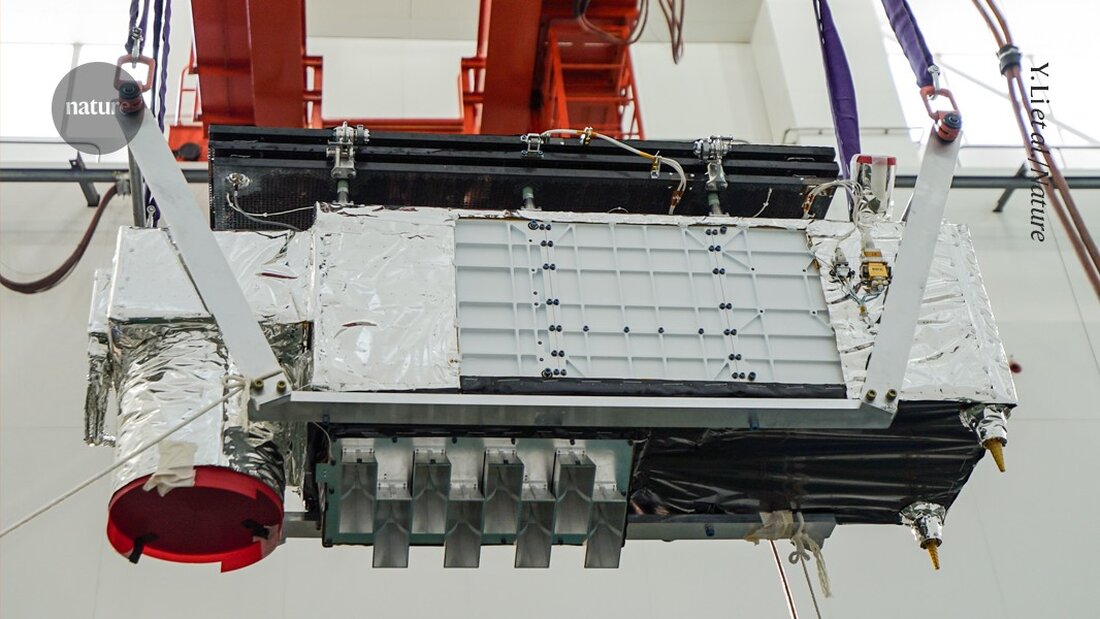Mini-satellite paves the way for quantum communications worldwide
Scientists have set a record in quantum communications with the Jinan-1 mini-satellite by sending a secret key over 13,000 km.

Mini-satellite paves the way for quantum communications worldwide
Researchers have set a distance record in quantum communications by sending a secret encryption key nearly 13,000 km from China to South Africa. A cost-effective, lightweight ‘microsatellite’ was used.
The satellite was able to send pulses of light with special quantum states from one rooftop in Beijing to another at Stellenbosch University near Cape Town. These impulses formed a quantum key that was used to encrypt two images – one of the Great Wall of China and one showing part of the Stellenbosch campus. This achievement, a type of encryption known as quantum key distribution (QKD), is a step toward the ability to send ultra-secure messages between any location, even very far apart. It was described March 19 in the journal Nature 1.
The satellite, called Jinan-1, is ten times lighter, 45 times cheaper and significantly more efficient than its predecessor, Micius, which was launched in 2016 says Jian-Wei Pan, a quantum physicist at the University of Science and Technology in Hefei, China, who led the project.
Pan's team also reduced the ground station receiver from 13,000 kg to a portable 100 kg. “We want to advance the technology from a proof of principle to a truly practical and useful application,” he says. Pan adds that his team is working with Beijing-based telecommunications company China Telecom to launch four more microsatellites in 2026 for commercial applications.
“This is another milestone in the development of a global QKD network,” says Alexander Ling, a quantum physicist at the National University of Singapore. The satellite represents "a significant advance" in the real-time application of this type of encryption, adds Katanya Kuntz, a quantum physicist and co-founder of Qubo Consulting, a Calgary, Canada-based company that helps other companies implement quantum technologies.
Unbreakable codes
Physicists believe that future quantum computers can crack many types of encryption, but techniques like QKD provide “very strong assurance that a future quantum computer cannot read confidential communications,” says Ling.
QKD is already used by banks and governments to transmit keys over fiber optic lines. However, these cables absorb photons, which limits the distance the signal can be transmitted. Because light is absorbed much more slowly in the air than in a fiber optic cable, satellites could act as relays to transmit secret keys almost anywhere on Earth.
Quantum encryption is based on the idea that two parties share a secret key to encrypt a message so that only they can decrypt it.
Pan's experiment involved sending pulses of light, each in a 'superposition' where they exist in two quantum states simultaneously, representing either 1 or 0. By comparing the settings the transmitter uses with those the receiver uses to measure the pulses, the two parties can work out a selection of measured 1s or 0s to use as a secure key. When an eavesdropper attempts to intercept the message, it disrupts the quantum states and produces noise, indicating a compromise of the key.
-
Li, Y. et al. Nature https://doi.org/10.1038/s41586-025-08739-z (2025).

 Suche
Suche
 Mein Konto
Mein Konto
